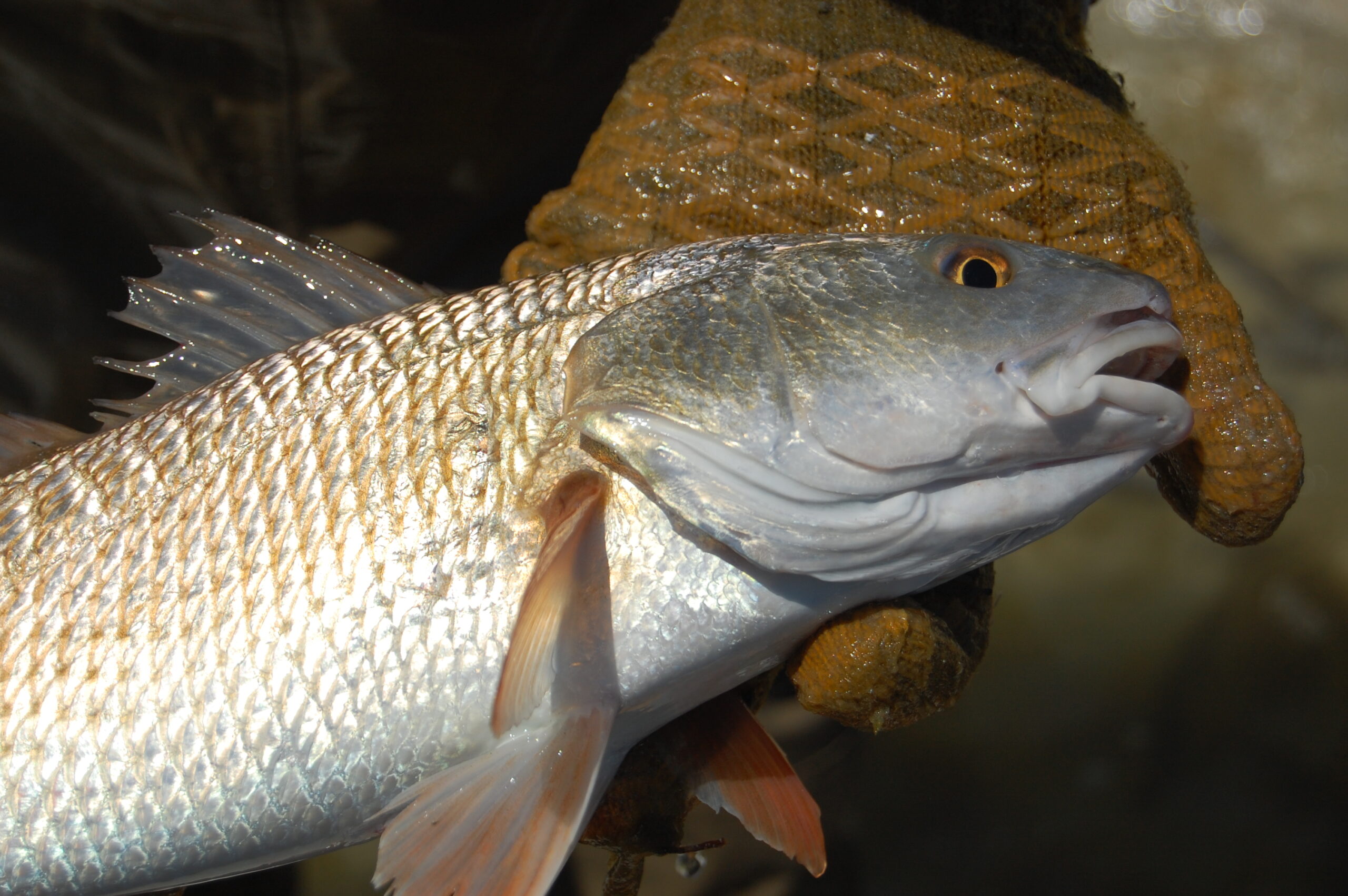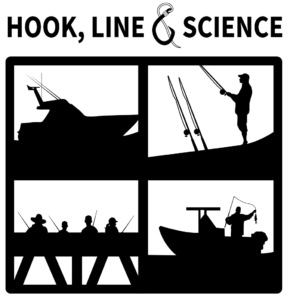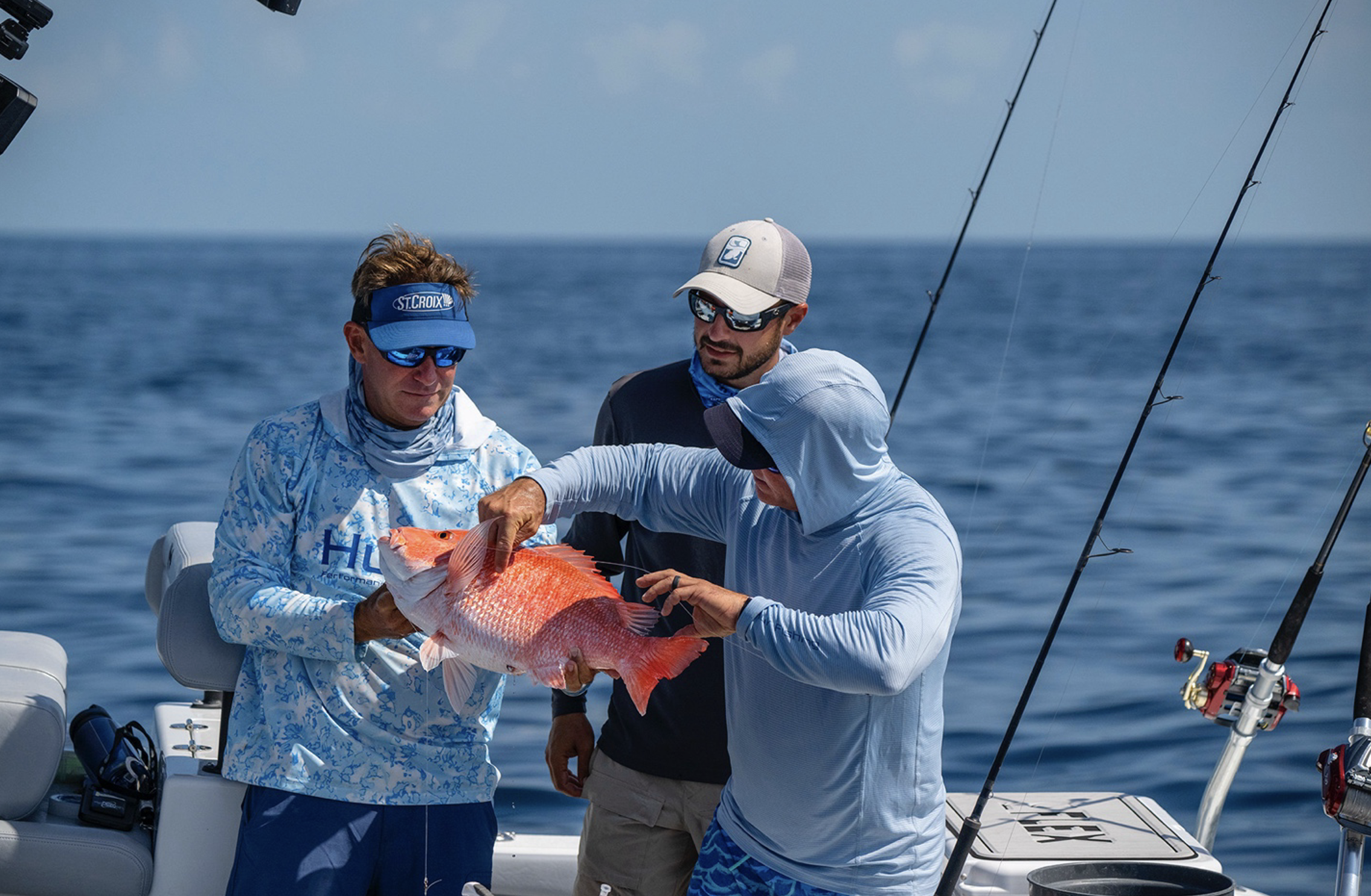Does pharmaceutical pollution pose a risk to red drum?

A new study of Florida estuaries reveals potential impacts on the health of the species.
Research Need
In urbanized areas, pharmaceuticals enter the marine environment mainly through domestic sewage systems, pharmaceutical production facilities, and hospitals. Even the best water treatment systems cannot remove all pharmaceuticals before reintroducing the treated water back into the environment.
Pharmaceutical pollution is increasing in marine coastal environments throughout the world, and small amounts of these drugs can have significant metabolic effects on the small organisms that live there. Furthermore, drug concentrations tend to build up in larger predators that consume the smaller organisms, which are exposed to higher concentrations of pharmaceuticals relative to their body sizes.
We know that pharmaceuticals are in the water, but are they also present in key fish species? If so, do pharmaceuticals pose a health risk to fish?
What Did They Study?
Researchers studied estuaries across Florida and focused on red drum. This species not only consumes smaller invertebrates (in which pharmaceuticals build up), but red drum also are very resilient, inhabiting a wide variety of environments.
The research team used traditional hook-and-line fishing in nine estuaries along Florida’s coast, gathering a total of 113 blood samples from red drum over four months.
Researchers tested the samples’ plasma for 94 pharmaceuticals, including opioids, as well as for medicines for cardiovascular treatments, mental health treatments, and other uses. The team also looked at drug concentrations to determine whether red drum were at risk of health effects.
What Did They Find?
The tests found a total of 17 pharmaceuticals. On average, samples contained 2.1 pharmaceuticals. Only 7 fish did not test positive for any pharmaceuticals.
Based on pharmaceutical concentrations, 25.7% of red drum were at medium risk and and 15.9% at high risk of health effects.
From a broader perspective, five of the nine estuaries are at risk of pharmaceutical effects. The highest average number of pharmaceuticals per sample was present in the Apalachicola and Tampa Bay samples, both located on Florida’s West Coast.
Ten substances, including caffeine and the common antidepressant sertraline, accounted for 94.8% of pharmaceuticals in the samples.
Anything Else?
Although the pharmaceutical concentrations that the team found in Florida’s red drum do not pose an immediate risk to humans, monitoring pharmaceutical pollution in estuaries remains important. Given these findings in Florida, what would we expect to find in North Carolina red drum? (Since 1971, red drum has been North Carolina’s official saltwater fish and a favorite among anglers.)
This is an important study. Even low concentrations of pharmaceuticals can change the behavior of species, and, therefore, entire ecosystems. Moreover, 22 of the 32 largest cities in the world are located on estuaries. In the United States, 43% of residents call estuaries home.
Consumers can do their part to minimize the risk of polluting water and the surrounding environment by disposing of pharmaceuticals correctly.
Reading
Rehage, Jennifer S, et al. “A Multi-Estuary Assessment of Pharmaceutical Exposure and Risk of Pharmacological Effects in a Recreational Fishery.” OUP Academic, Oxford University Press, 15 May 2025, academic.oup.com/etc/article/44/10/2832/8132954.
lead image credit: Katie Johnson, Florida Fish & Wildlife (CC BY-ND 2.0 DEED, creativecommons.org/licenses/by-nd/2.0).
The text from Hook, Line & Science is available to reprint and republish at no cost, but only in its entirety and with this attribution: Hook, Line & Science, courtesy of Scott Baker and Sara Mirabilio, North Carolina Sea Grant.




